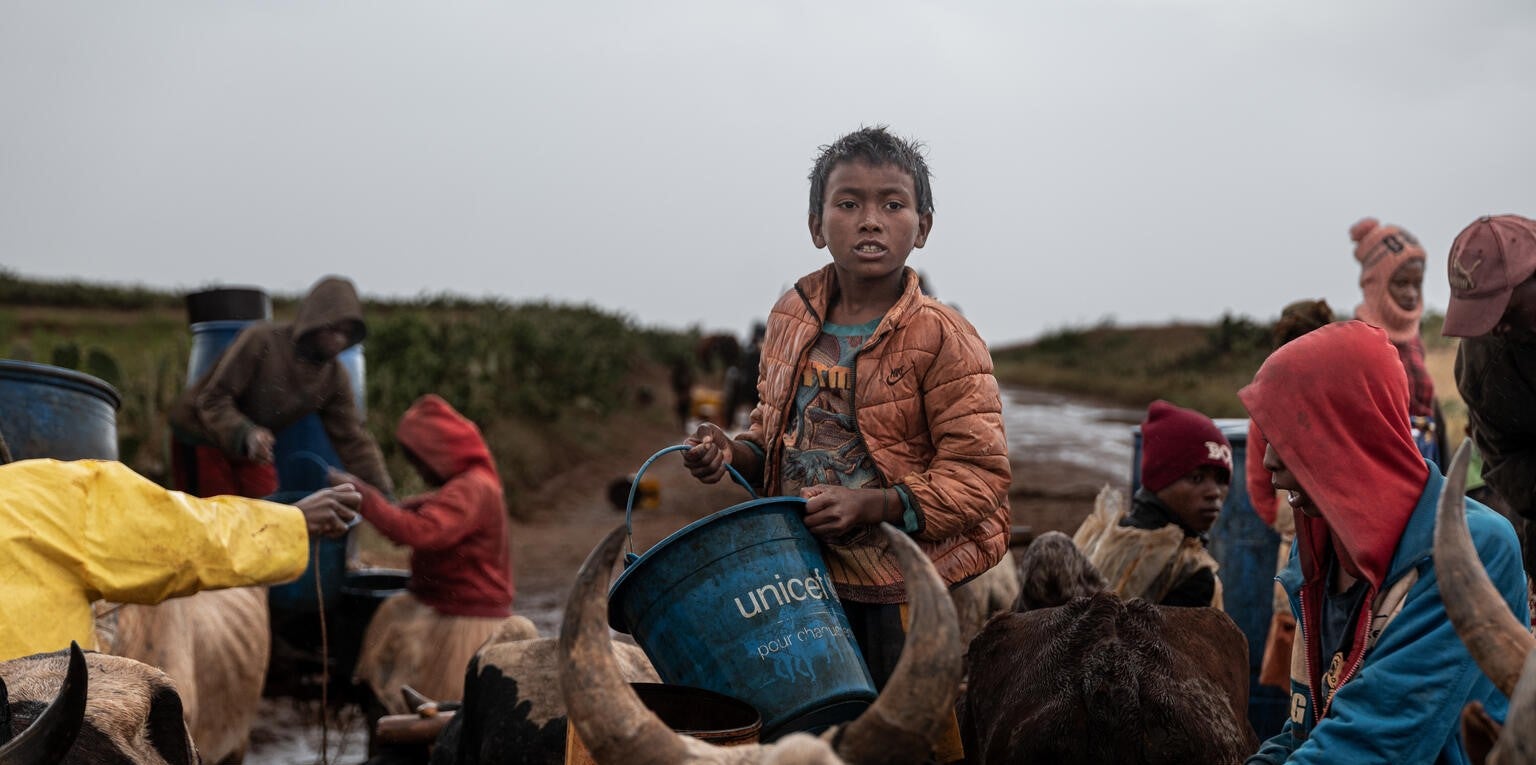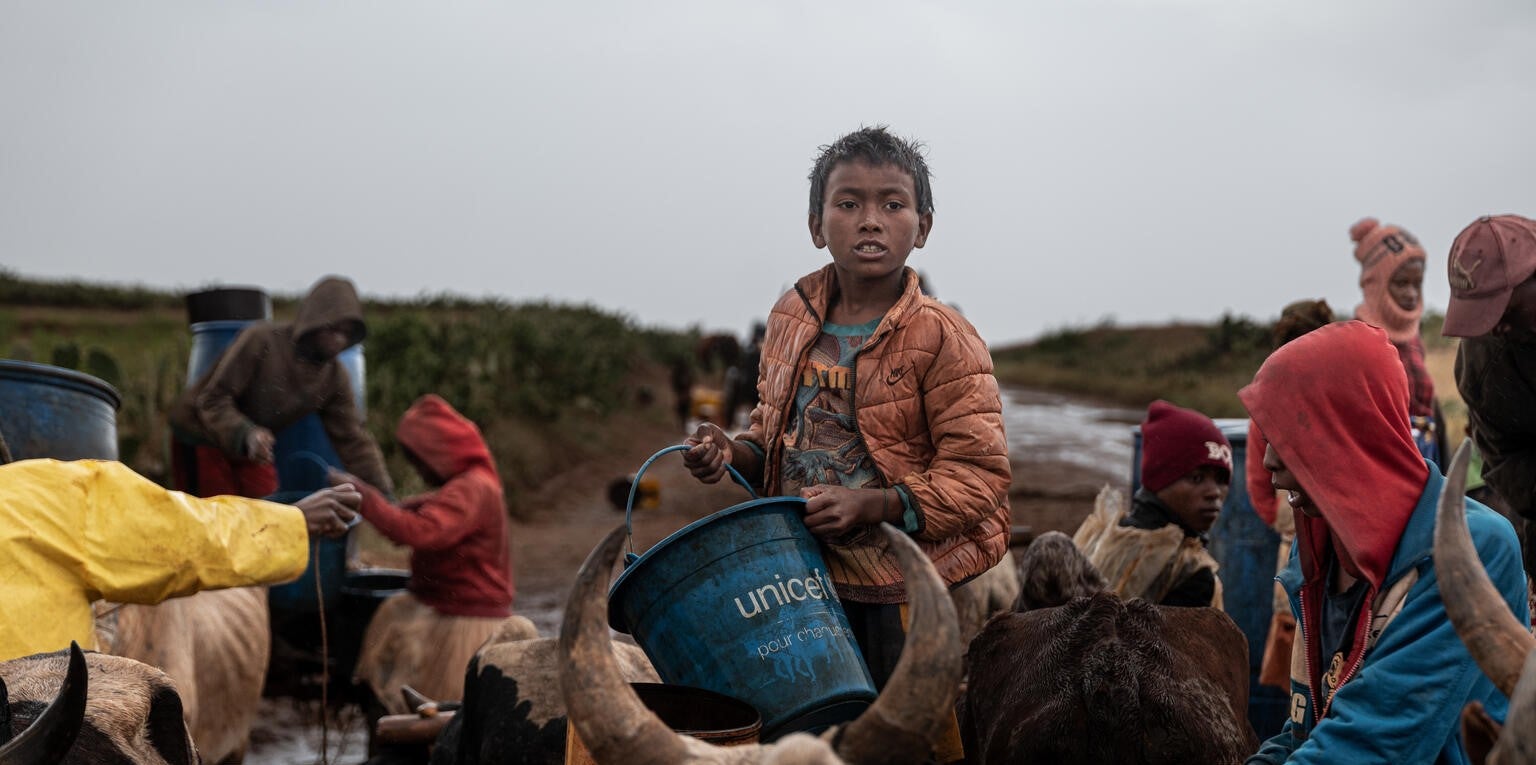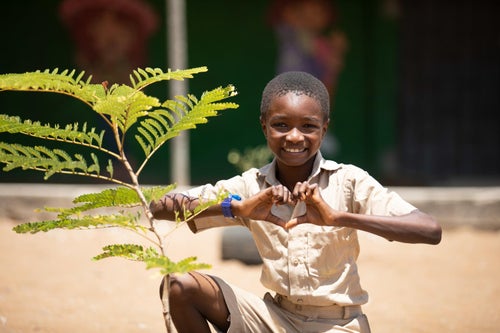Climate change is the biggest threat facing children today.
Here in Australia and around the world, the growing number of extreme weather events is impacting the lives of children. From bushfires and droughts to flooding and cyclones, the frequency, intensity and duration of these events are having a long-lasting and devastating impact on children.
One billion children around the world, including here in Australia, are at extremely high risk of the impacts of climate change. This is threatening their health, nutrition, education and childhood.
Children today will experience three times more climate disasters than their grandparents. In fact, three in four children in South Asia are already exposed to extremely high temperatures, and they are expected to face more frequent and severe heatwaves, largely due to climate change.
Across the globe, July 2023 was the hottest month ever recorded, raising further concerns for children’s future.
UNICEF is working to protect children from the effects of climate change while helping communities build towards a more sustainable future.
Climate Emergency
Climate change is the biggest threat facing the world's children today. A donation today can help change a childhood for the better.
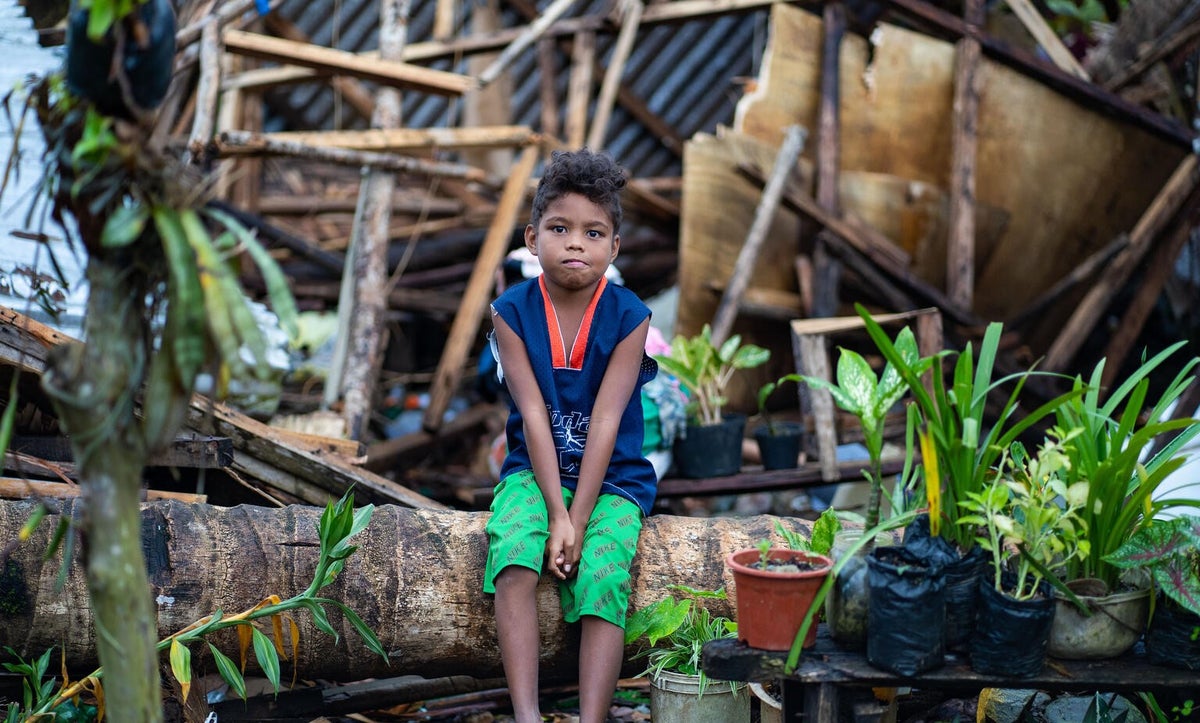
How climate change is affecting children now
Air pollution
Air filled with bushfire smoke, exhaust or general pollution damages kids’ lung tissue far worse than adults, leading to higher prevalence of conditions like asthma.
Rising temperatures
Children heat up quicker than adults and sweat less, which makes it harder for their bodies to cool down in rising temperatures.
Displacement
Children can lose their homes and communities and have their health and education disrupted for months, years or indefinitely.
Lead toxicity
As temperatures rise, the ground becomes drier and dustier, causing any lead that’s in the soil to move into the air. Lead damages the nervous system, causing neurological disorders and brain damage.
Unsafe water
Vector-borne diseases are diseases carried by insects to humans. Rising temperatures are ideal conditions for pests like mosquitos who carry diseases like malaria. With weaker immune systems, children are far more vulnerable.
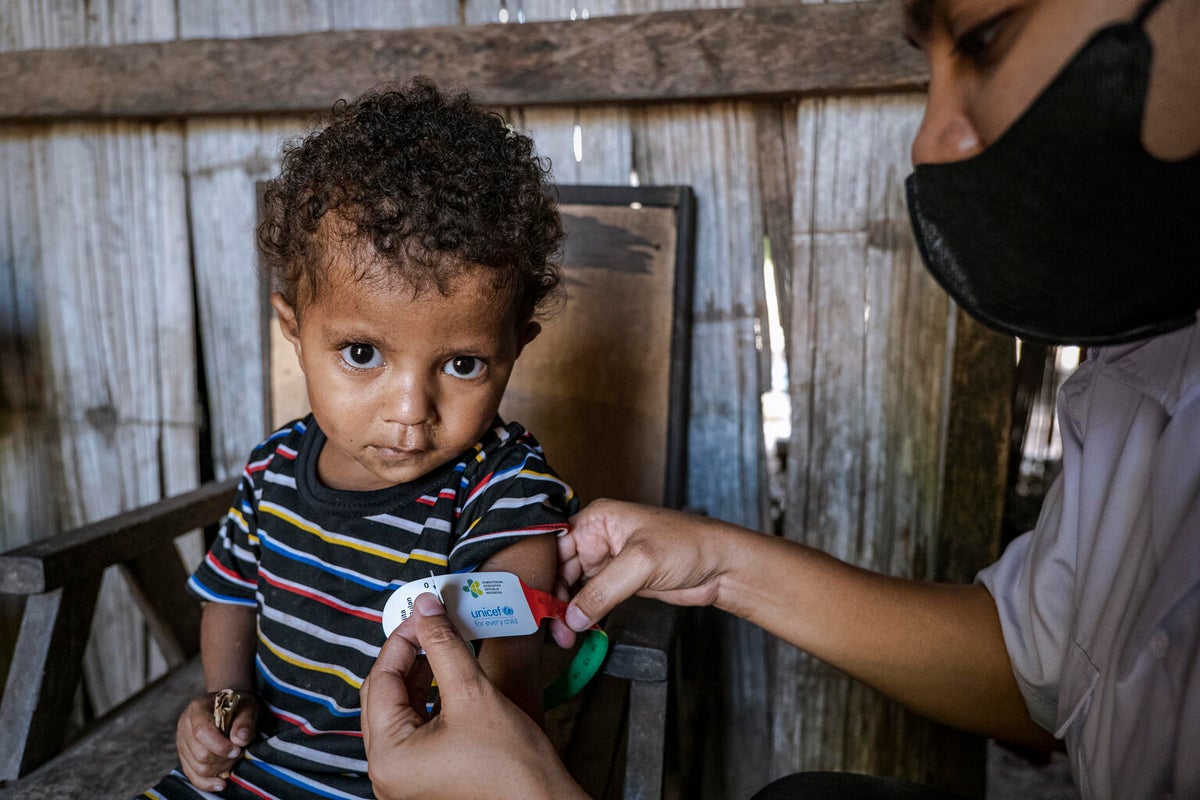
At only two years old, Trinovera has already experienced malnutrition as a result of climate devastation. In her province in Indonesia, climate change has caused extreme weather and changing rainfall patterns. Access to food and income from farming has plunged, and childhood malnutrition rates are soaring.
Across Indonesia, rising temperatures, changing rainfall patterns, and more frequent pest outbreaks and extreme weather events such as droughts and flooding driven by climate change have resulted in a decline in the quantity and quality of food produced.
Most of the population relies on farming for their livelihoods, so any decline in food production means they will have less food to feed their families and sell to earn income. UNICEF is working alongside our partners in providing health care and treatment to children like Trinovera, suffering from malnutrition due to the impacts of climate change.
How will my donation help children affected by the climate crisis?
- Help build infrastructure that gives safe drinking water to drought-stricken towns.
- Rebuild schools and services in areas ravaged by disasters.
- Provides nutrition to children suffering from malnutrition due to the impacts of climate change.
- Set up emergency supply hubs in areas likely to be impacted by climate disasters.
- Creates safe air spaces for children.

- 80¢on average, 80 cents to every dollar spent for the past three years went directly to helping children in need, including long-term programs, emergency response and community education.
- 20¢on average, 14 cents to every dollar spent for the past three years went to essential fundraising costs that helped us generate more impact for children, 6 cents went to admin costs, such as keeping your personal data safe.
How do we use each dollar donated?
Your generous gift will help support UNICEF's work for children in emergencies and for all children in need around the world.
Looking for other ways to support UNICEF's work?
Climate Emergency
Climate is the biggest threat facing the world's children today. Protect them in a changing climate by donating today.


